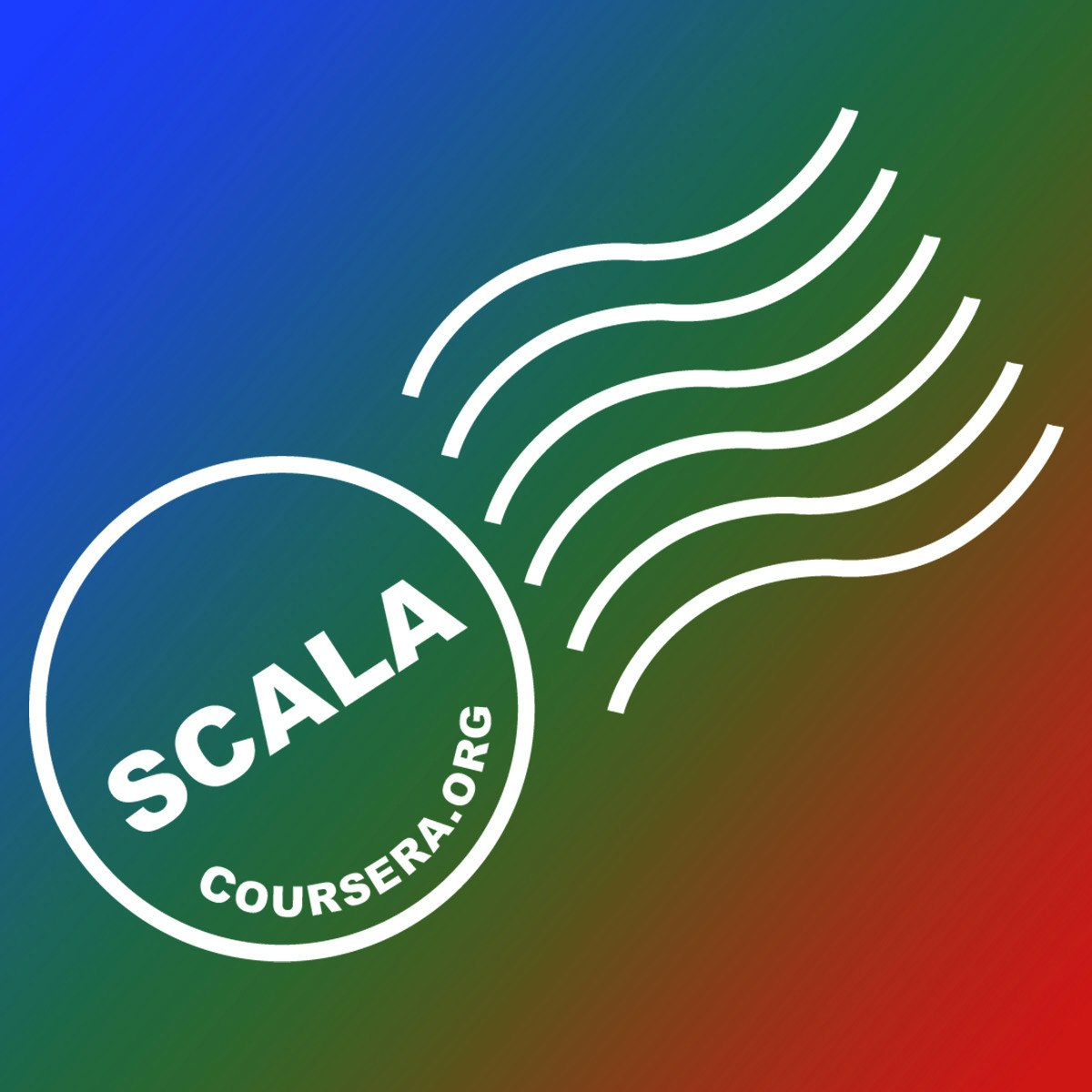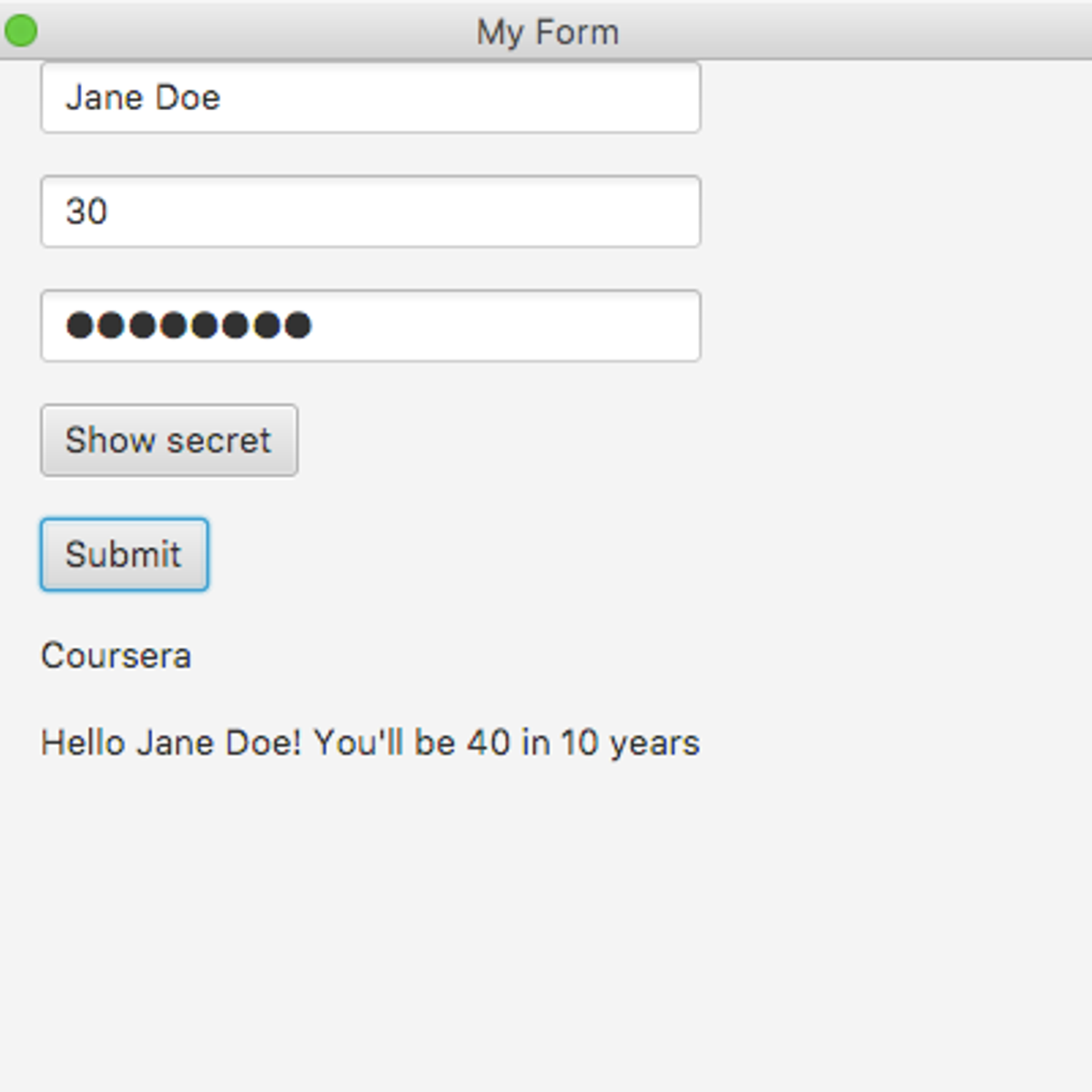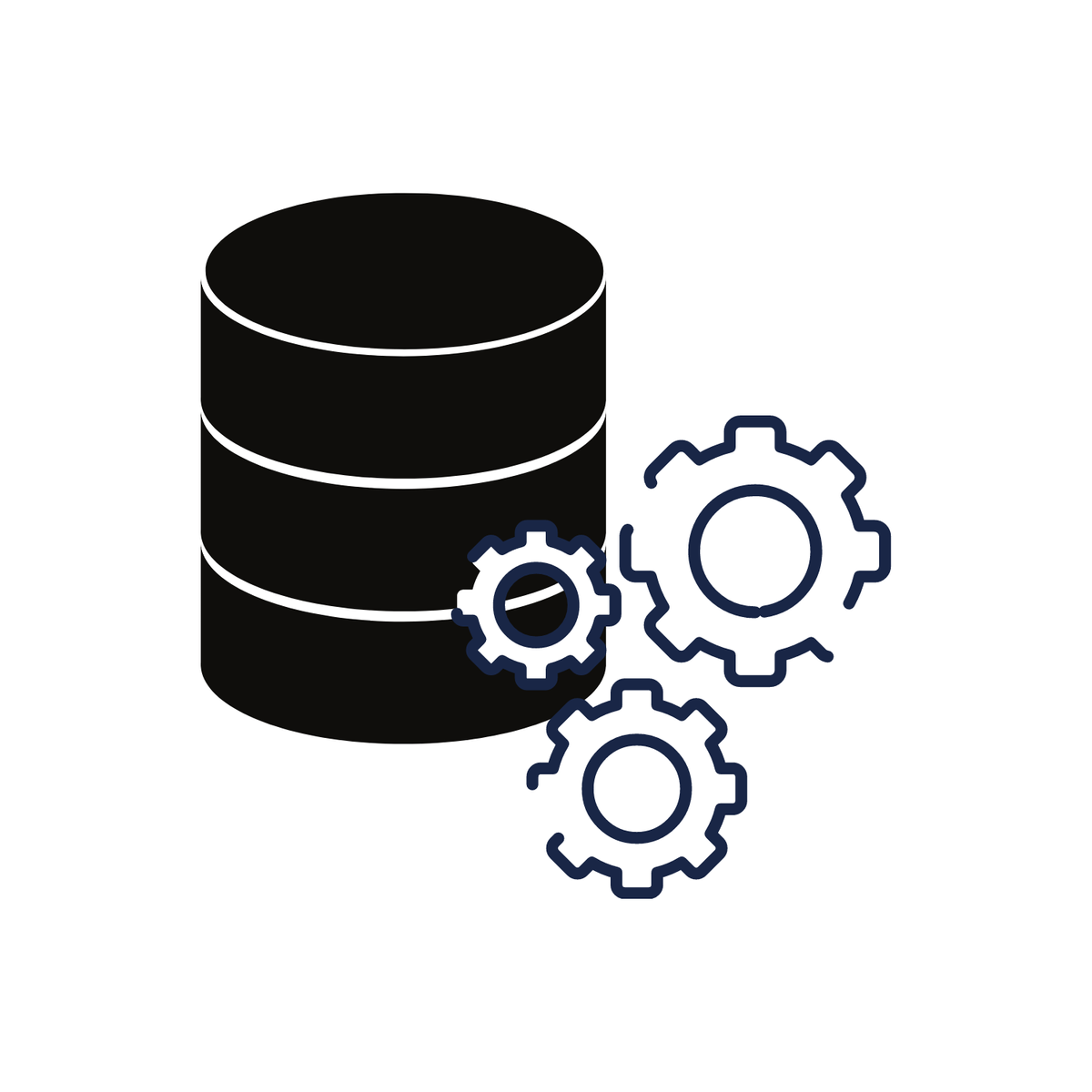Back to Courses









Computer Science Courses - Page 180
Showing results 1791-1800 of 2309

AI-Powered Chest Disease Detection and Classification
Hello everyone and welcome to this hands-on guided project on Artificial intelligence (AI)-powered chest disease detection and classification. AI has been revolutionizing healthcare and medicine in many areas such as: (1) Medical imagery, (2) Drug research, and (3) Genome development. Deep learning has been proven to be superior in detecting and classifying disease using imagery data.
In this case study, we will automate the process of detecting and classifying chest disease from X-Ray images to reduce the cost and time of detection. This guided project is practical and directly applicable to the healthcare industry. You can add this project to your portfolio of projects which is essential for your next job interview.

Genome Sequencing (Bioinformatics II)
You may have heard a lot about genome sequencing and its potential to usher in an era of personalized medicine, but what does it mean to sequence a genome?
Biologists still cannot read the nucleotides of an entire genome as you would read a book from beginning to end. However, they can read short pieces of DNA. In this course, we will see how graph theory can be used to assemble genomes from these short pieces. We will further learn about brute force algorithms and apply them to sequencing mini-proteins called antibiotics.
In the first half of the course, we will see that biologists cannot read the 3 billion nucleotides of a human genome as you would read a book from beginning to end. However, they can read shorter fragments of DNA. In this course, we will see how graph theory can be used to assemble genomes from these short pieces in what amounts to the largest jigsaw puzzle ever put together.
In the second half of the course, we will discuss antibiotics, a topic of great relevance as antimicrobial-resistant bacteria like MRSA are on the rise. You know antibiotics as drugs, but on the molecular level they are short mini-proteins that have been engineered by bacteria to kill their enemies. Determining the sequence of amino acids making up one of these antibiotics is an important research problem, and one that is similar to that of sequencing a genome by assembling tiny fragments of DNA. We will see how brute force algorithms that try every possible solution are able to identify naturally occurring antibiotics so that they can be synthesized in a lab.
Finally, you will learn how to apply popular bioinformatics software tools to sequence the genome of a deadly Staphylococcus bacterium that has acquired antibiotics resistance.

Make a Postage Calculator with Scala
In this course, you will complete a postage estimator application and learn these intermediate level Scala topics: abstract classes and traits, enumeration, singleton object, companion object and factory methods, case object. At the end of this class, you will have gained a deeper understanding of Scala and apply it to application development.
Prerequisite: Basic level knowledge of Scala, such as basic object-oriented programming
Helpful but not required: Experience with any modern programming languages such as Java, JavaScript, C++, Swift or Kotlin.

Check Point Jump Start: Product Deployment
In this course, you will learn the concept of software deployment and the methods and tools used for deployment of Check Point products. And, we will drill down into each deployment tool, providing an overview of how to use it given a common use case.
Lesson 1 – Introduction
Lesson 2 – Deployment 101
In this lesson we will briefly discuss what deployment is, the types and methods of deploying Check Point
software, and we’ll go over a high level overview of the Check Point deployment tools.
Lesson 3 – CPUSE
In this lesson you will learn about when and how you should use CPUSE in a relevant deployment, and you’ll
learn some basic troubleshooting during the deployment process.
Lesson 4 – CDT
In this lesson you will learn about when and how you should use CDT in a relevant deployment,
troubleshooting in the deployment process, and using CDT’s RMA mode.
Lesson 5 – Central Deployment in SmartConsole
In this lesson you will learn about when and how you should use Central Deployment in SmartConsole in a
relevant deployment.
Lesson 6 – Zero Touch
In this lesson you will learn about when and how you should use Zero Touch in a relevant deployment.
Lesson 7 – Course summary

Create a JavaFX movie rater GUI with combo box and a slider
In this project, you will create a simple GUI movie rater in jGrasp using the JavaFX framework. The components of the interface will be arranged in a Grid Pane container. A template program for rating a movie is provided to which you will create and add a combo box with a list of movies, and a slider with ratings from 0 to 5. When you click on a button the program will display the selected movie, and selected rating.
Software Product Management Capstone
In this six-week capstone course, you will gain practical management experience in a safe, simulated software production setting. You will apply Agile practices and techniques to conquer industry-inspired challenges. Interacting with a realistic client, you will discern what they want and express what they truly need in software requirements to drive software production. Upon completing the capstone, you will be prepared to advance your career as a confident software product management professional.

Create your first GUI application in jGRASP using JavaFX
This project provides a step-by-step approach to instruction to equip you with fundamental concepts in Graphical User Interface (GUI) programming using JavaFX, from the ground up. Using jGRASP development environment, you will create a program that accepts as input your name and age, and upon clicking a button, display your name and your age. By creating this project, you will master the concepts of using labels, text fields, password text field, grid pane, buttons, and a button event in Java programming with the JavaFX framework.
If you are a beginner and this is your first course in Java GUI programming you will benefit from writing a program from a blank sheet to a fully functioning program. If you already have GUI programming experience using JavaFX, this is an opportunity to refresh your skills by going back to basics. No matter your level, you will be able to apply the skills obtained from this course in real-life programming exercises. To provide you with support outside the course, you will find a pool of additional notes and exercises that you can try at home.
If you ever wanted to become better at GUI programming using JavaFX by building on your fundamental skills, this project is the right place to start!

Data-Driven Testing (via Database) with Selenium & Nunit
Selenium is one of the most famous UI test automation tool which works well with the NUnit testing framework.
Data-Driven testing is test design and execution strategy where test data is external to your functional tests. One of the ways is to keep the test data in external source like a database.
The library used to read data from the database (MySql) is MySql.Data
In this two hours guided project, through hands-on, practical experience, you will go through concepts writing reusable and structure code, writing utilities to read test data from an external source like database, and derive test cases through these test data.

Incident Response, BC, and DR Concepts
Welcome to course 2 of 5 of this Specialization, Incident Response, BC, and DR Concepts.
This course focuses on the availability part of the CIA triad and the importance of maintaining availability of both human and system resources. These are usually accomplished through the implementation of Incident Response (IR), Business Continuity (BC) and Disaster Recovery (DR) plans. While these three plans may seem to overlap in scope, they are three distinct plans that are vital to the survival of any organization.
After completing this course, the participant will be able to:
Explain how organizations respond to, recover from and continue to operate during unplanned disruptions.
- Recall the terms and components of incident response.
- Summarize the components of a business continuity plan.
- Identify the components of disaster recovery.
- Practice the terminology of and review incident response, business continuity and disaster recovery concepts.
Agenda
Course Introduction
Module 1: Incident Response (IR)
Module 2: Business Continuity (BC)
Module 3: Disaster Recovery (DR)
Module 4: Incident Response, Business Continuity, and Disaster Recovery Review
This training is for IT professionals, career changers, college students, recent college graduates, advanced high school students and recent high school graduates looking to start their path toward cybersecurity leadership by taking the Certified in Cybersecurity entry-level exam.
There are no prerequisites to take the training or the exam. It is recommended that candidates have basic Information Technology (IT) knowledge. No work experience in cybersecurity or formal education diploma/degree is required.

Digital Signal Processing 1: Basic Concepts and Algorithms
Digital Signal Processing is the branch of engineering that, in the space of just a few decades, has enabled unprecedented levels of interpersonal communication and of on-demand entertainment. By reworking the principles of electronics, telecommunication and computer science into a unifying paradigm, DSP is a the heart of the digital revolution that brought us CDs, DVDs, MP3 players, mobile phones and countless other devices.
In this series of four courses, you will learn the fundamentals of Digital Signal Processing from the ground up. Starting from the basic definition of a discrete-time signal, we will work our way through Fourier analysis, filter design, sampling, interpolation and quantization to build a DSP toolset complete enough to analyze a practical communication system in detail. Hands-on examples and demonstration will be routinely used to close the gap between theory and practice.
To make the best of this class, it is recommended that you are proficient in basic calculus and linear algebra; several programming examples will be provided in the form of Python notebooks but you can use your favorite programming language to test the algorithms described in the course.
